Drought triggers statewide order: Yakima river surface water use must cease

In response to extreme drought conditions, the Washington State Department of Ecology has ordered a halt on surface water use across the Yakima River Basin beginning October 6. This marks a rare and sweeping curtailment effort, described by officials as “unprecedented”, impacted by exceptionally low reservoir storage and minimal stream flows.
Officials cite the inability of natural flows to fulfill even the most senior water claims, including treaty-based rights. Under the state’s curtailment order, holders of surface water rights, regardless of priority status, must cease diverting water for irrigation, industrial, or municipal purposes until conditions allow.
The Yakima Basin supports around 400,000 residents and underpins a roughly $4.5 billion agricultural industry, supplying apples, hops, wine grapes, hay, and more. The region’s irrigation districts, farmers, municipalities, and residents depend heavily on reliable surface water rights, which are legally adjudicated by the 2019 Acquavella decree. That decree confirmed and ranked more than 2,300 water rights, clarifying legal priorities under Washington’s “first in time, first in right” statute.
This curtailment arrives amid a third consecutive year of drought, bringing reservoir levels to historic lows and straining water availability across the system. According to the Department of Ecology, the drought has pushed the basin beyond thresholds where even senior water claims cannot be honored, triggering mandatory cessation of all surface water diversions until further notice.
Previously issued drought declarations and emergency funds remain available to support affected users. In past dry years, the mitigation program has aided cabin and campground owners who rely on surface water by permitting and mitigating their usage to avoid outright disconnections.
Operationally, curtailment during droughts is not new, but the scale of this prohibition is exceptional. Curtailed users in prior years were typically those holding junior rights, while senior users often retained supply. Now, even senior rights are being paused due to insufficient natural flow.
As the curtailment takes effect, farmers and municipalities are forced to suspend surface water irrigation and shift to alternate supplies where feasible, such as groundwater or stored reserves. The disruption is especially challenging for crops already planted or in their growing seasons.
Sources: Washington State Department of Ecology, Washington State Department of Ecology Yakima Basin
Want to read more like this story?
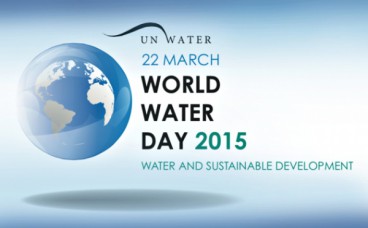
March 22nd is World Water Day!
Mar, 22, 2015 | NewsSince 1993, the United Nations has designated March 22nd of each year as World Water Day, a day dedi...

Ancient engineering methods to address water shortages
Jul, 31, 2019 | NewsAccording to a new study, published in Nature Journal, a 1,400-year-old system of canals that divert...

Thames Water Accelerates Plans to Secure South East's Future Water Supply
Jun, 07, 2024 | NewsToday marks a significant step in securing the future water supply for the South East as Thames Wat...
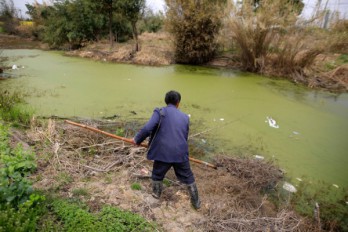
More than 80% of underground water in China is heavily polluted
Apr, 12, 2017 | NewsIndustrial pollution and farming has rendered it unsuitable for human use Industrial pollution an...

Researchers have developed a miniaturized water quality sensor that can monitor drinking water quality in real time
Oct, 03, 2017 | NewsThis tiny and inexpensive device -built using a 3D printer- can be deployed anywhere in the water di...
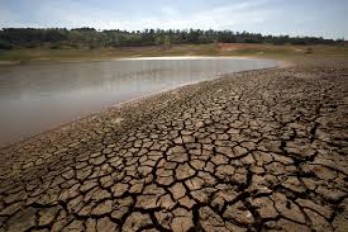
Ιn the shadow of drought
Sep, 28, 2015 | NewsIn Maharashtra's dams the water levels have risen to 56% from 54% due to the monsoon. In Maharash...
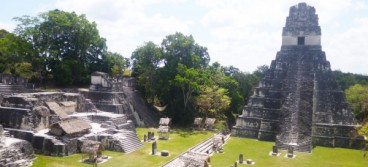
Poor water management likely led to the Ancient Maya collapse
Sep, 21, 2016 | NewsScientists’ model calculations in TU Wien may have found a (new) explanation Scientists&rsq...

Next generation reverse osmosis water purifier
Nov, 16, 2016 | NewsWaterO brings highly-filtered drinkable water to the kitchen table WaterO brings highly-filtered...
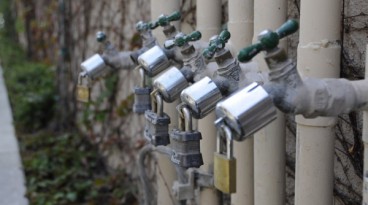
Water scarcity: Cape Town is running dry
Feb, 20, 2018 | News‘Day Zero’ approaches, when the city’s water taps will be turned off in Mid-May â...
Trending

Vertical gardens in Mexico City to combat pollution

Characteristics of Load Bearing Masonry Construction

Taipei 101’s impressive tuned mass damper

Morocco Implements Landmark Dam Perforation to Combat Water Stress in Marrakech

Dutch greenhouses have revolutionized modern farming



